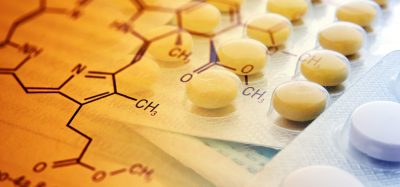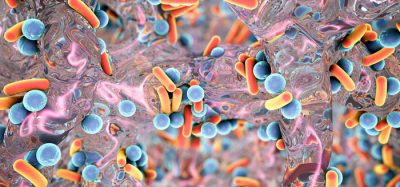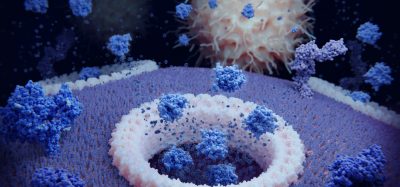Researchers reveal how body repairs damaged DNA
Posted: 28 October 2019 | Victoria Rees (Drug Target Review) | No comments yet
A team has imaged the process that the body uses to stabilise DNA, which could be used to develop therapies for conditions such as cancer.
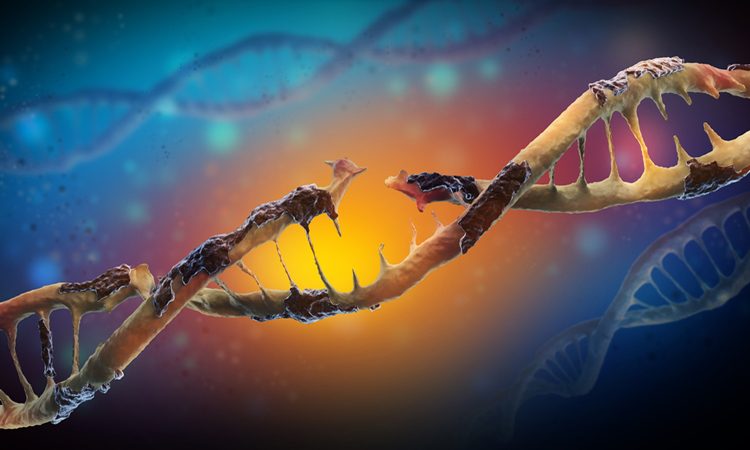

A study has revealed how the body repairs and stabilises damaged DNA, which the researchers say could have significant implications for the development of cancer therapies.
The researchers, from the University of Copenhagen, Denmark, also say that the findings could help to explain why people with inherited or acquired defects in certain proteins cannot keep their DNA stable.
Using super-resolution microscopy, the team were able to image the cells and observe how the DNA is repaired.
Two proteins called 53BP1 and RIF1 engage to build a three-dimensional (3D) ’scaffold’ around the broken DNA strands. This structure then locally concentrates special repair proteins, in short supply, that are critically needed to repair damaged DNA without faults.
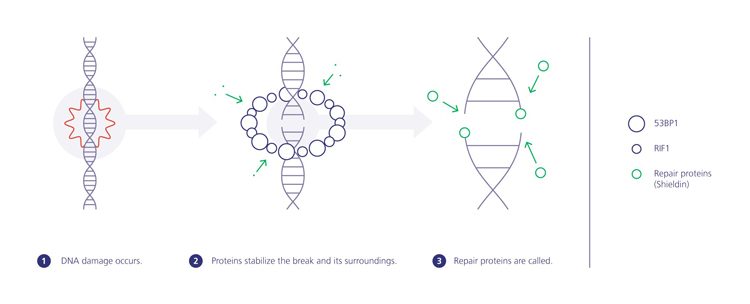

Credit: University of Copenhagen.
“Investigating the body’s natural defence mechanisms enables us to better understand how certain proteins communicate and network to repair damaged DNA. This opens up an opportunity to learn more about why and how DNA damage causes disease and design drugs that improve treatment of patients with unstable DNA,” says Jiri Lukas, Center Director and Professor of the Novo Nordisk Foundation Center for Protein Research at the University of Copenhagen.
As a next step the researchers say they will now look more closely at the precise location of all the relevant proteins that repair DNA damage. The hope is that this level of regulation may uncover new drug targets that could improve current treatments.
The results were published in Nature.
Related topics
DNA, Genomics, Oncology, Research & Development
Related conditions
Cancer
Related organisations
Copenhagen University, Novo Nordisk Foundation Center for Protein Research at the University of Copenhagen
Related people
Jiri Lukas



